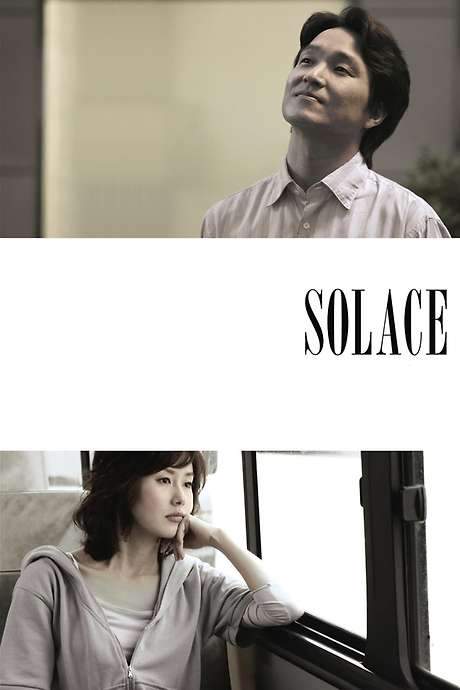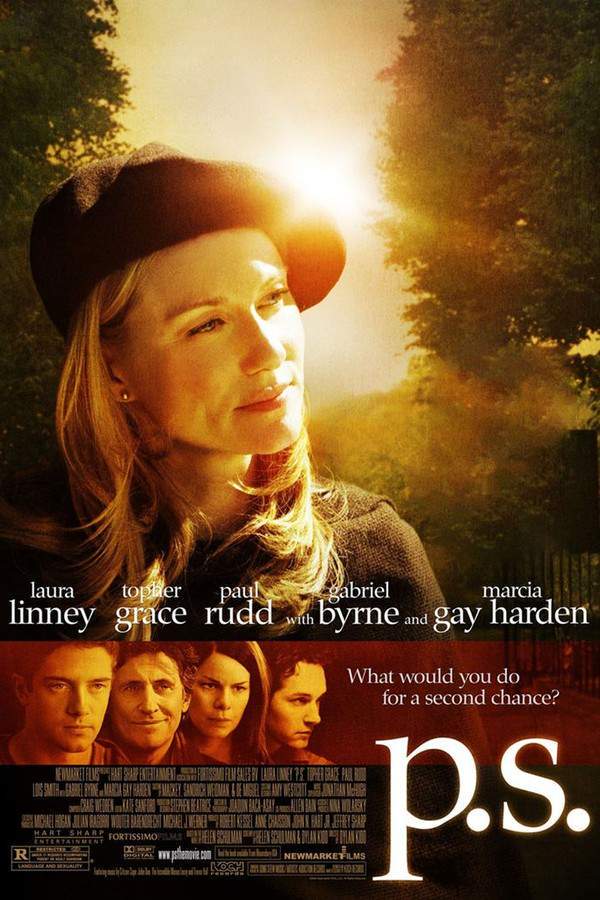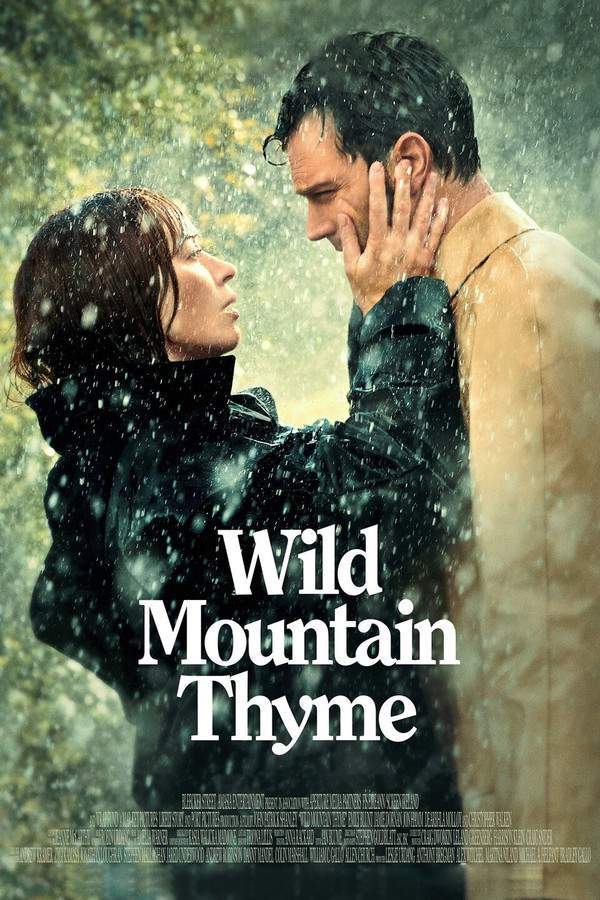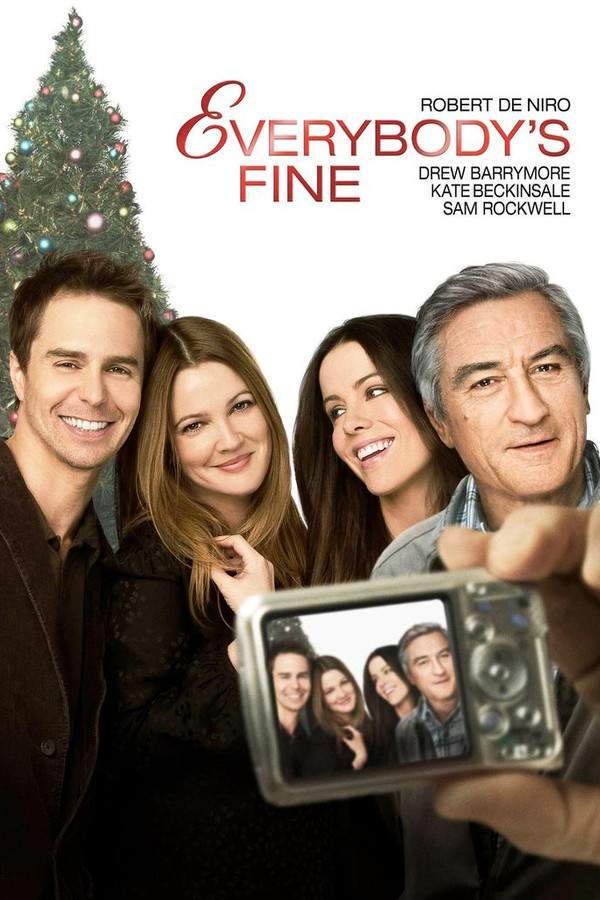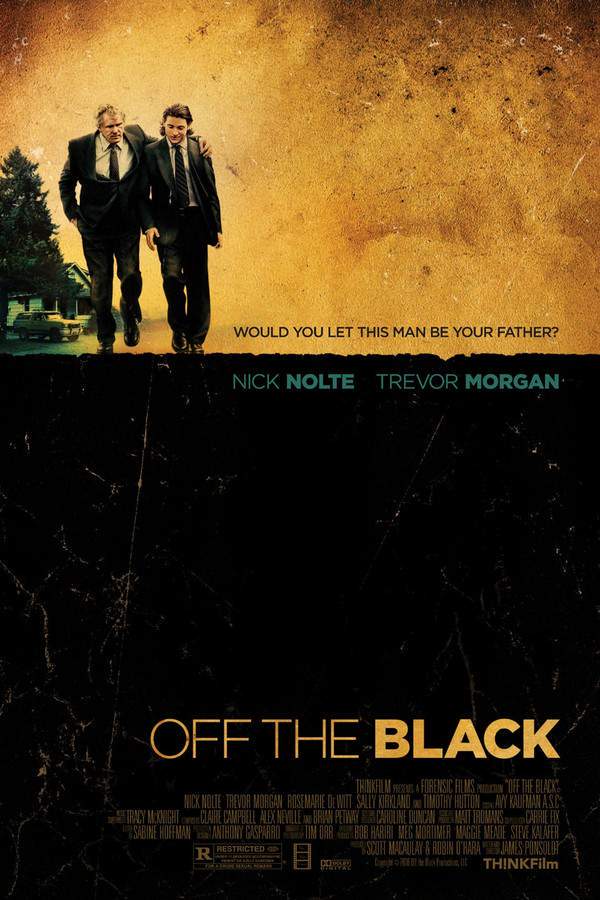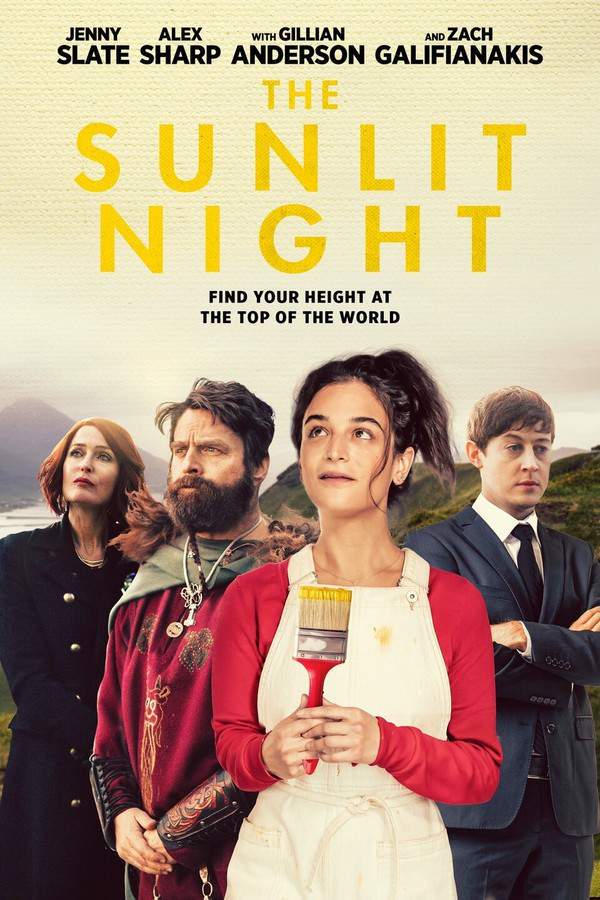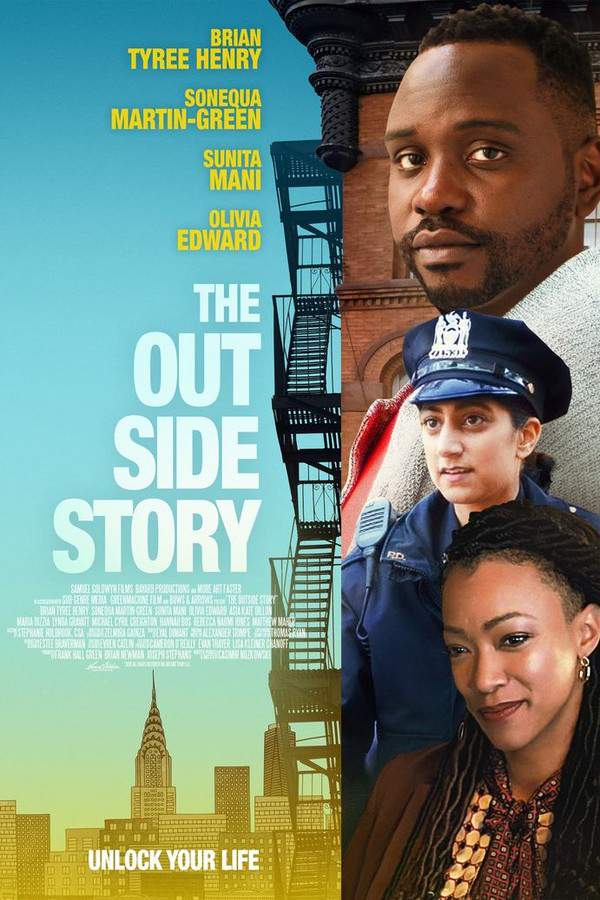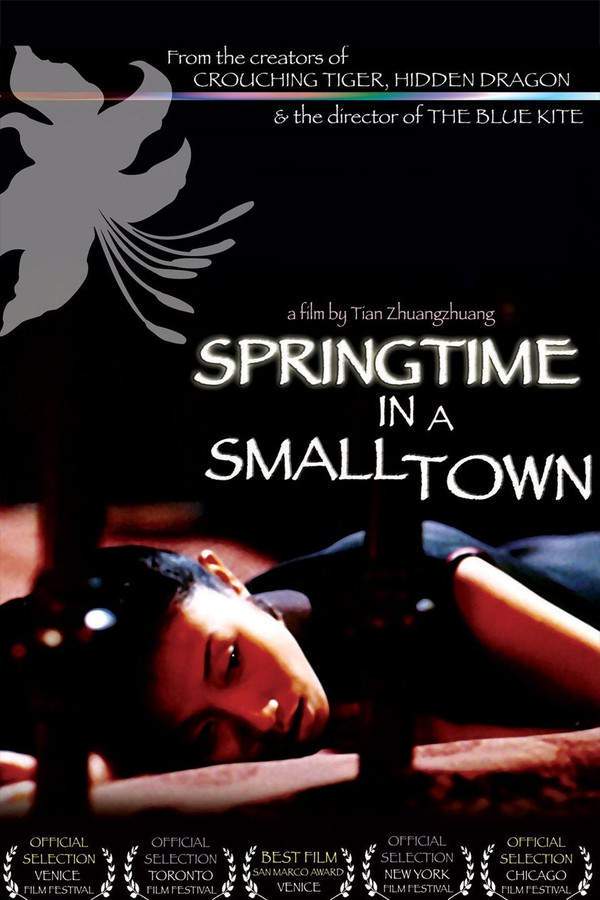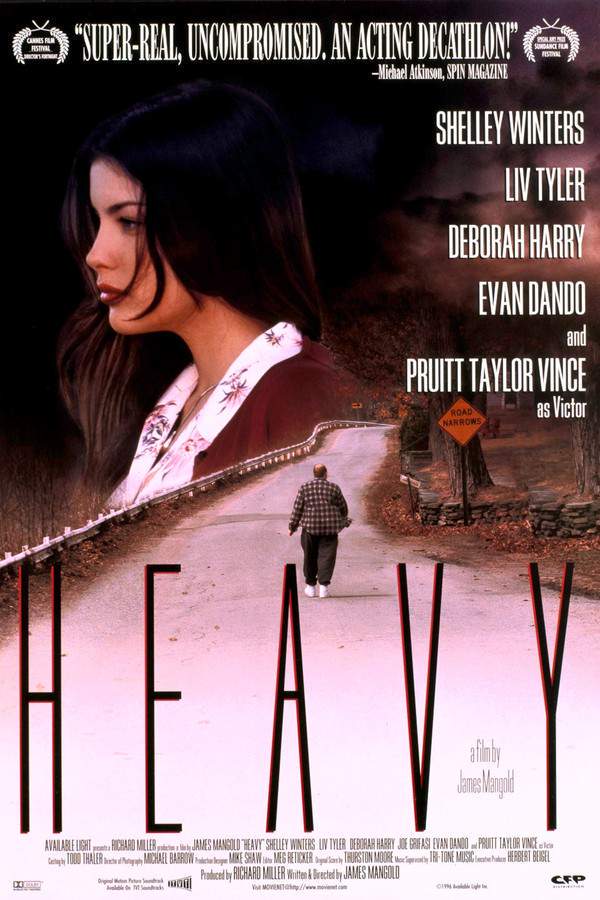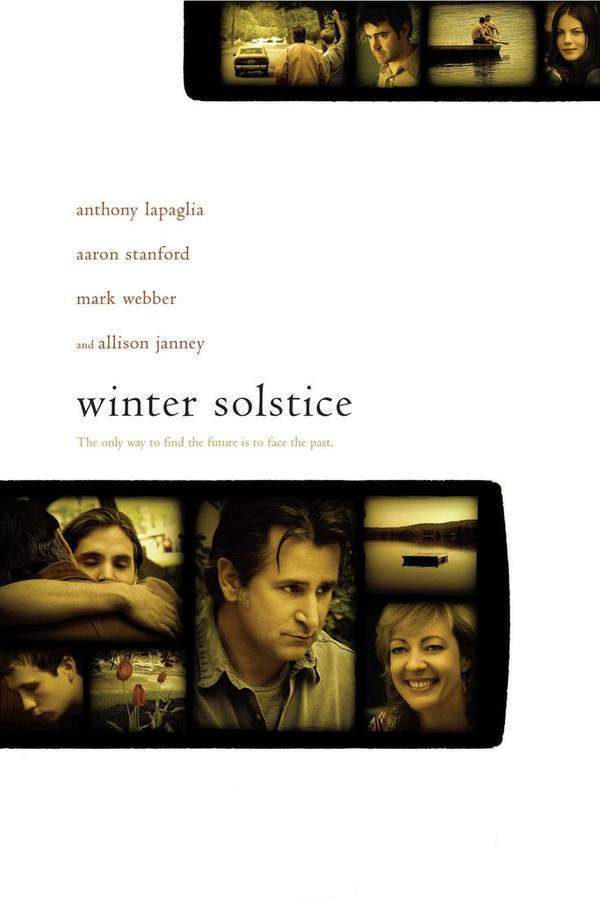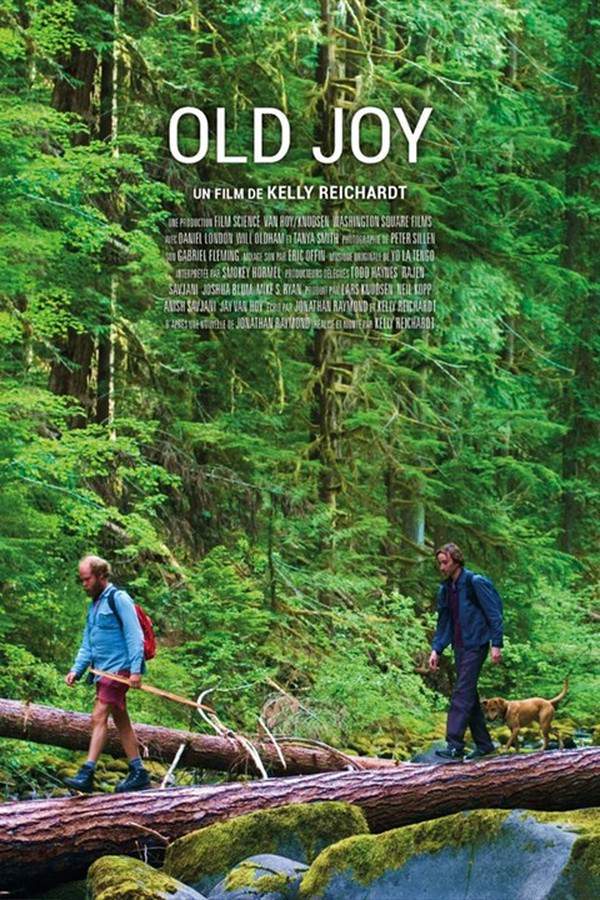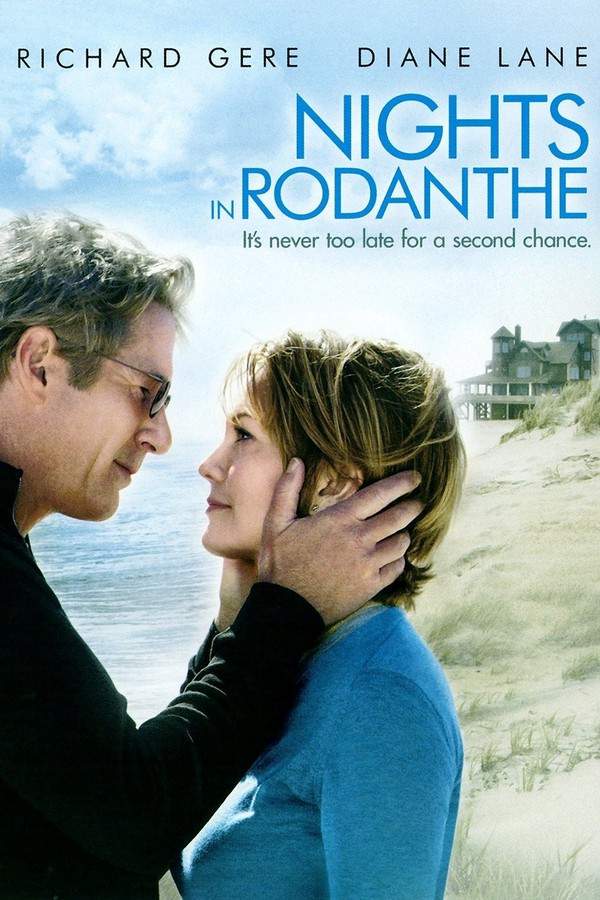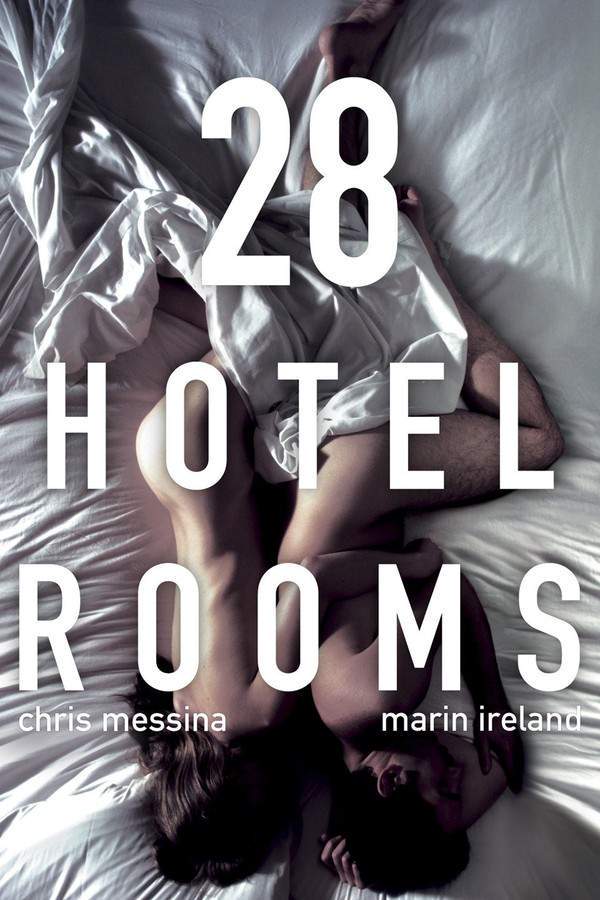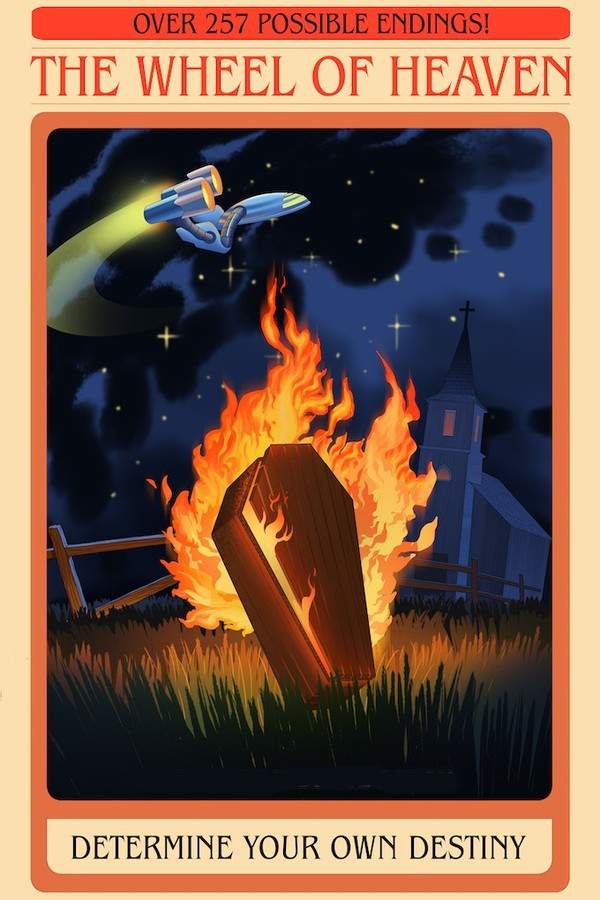
The Wheel
Walker and Albee have been inseparable since childhood, but their marriage, entered into at sixteen to overcome difficult circumstances, is now strained after eight years. Seeking to mend their relationship, Walker participates in an Airbnb retreat, using a self-help guide as his roadmap. He hopes to rekindle the love with Albee, who has become disillusioned with their shared future and the challenges they face.
Warning: spoilers below!
Haven’t seen The Wheel yet? This summary contains major spoilers. Bookmark the page, watch the movie, and come back for the full breakdown. If you're ready, scroll on and relive the story!
The Wheel (2022) – Full Plot Summary & Ending Explained
Read the complete plot breakdown of The Wheel (2022), including all key story events, major twists, and the ending explained in detail. Discover what really happened—and what it all means.
Albee Amber Midthunder and Walker Taylor Gray head to a lakeside Airbnb for a weekend designed to repair their strained relationship with the help of a self‑help book called Seven Questions to Save Your Marriage. Their drive and the quiet tension between them set the tone: Walker makes earnest attempts to connect, while Albee remains wary and unsettled, unwilling to dig into the deeper wounds that have pushed them to this point.
The cabin by the water introduces Carly [Bethany Anne Lind], the warm host, whose own wedding plans with Ben [Nelson Lee] loom in the background. Carly’s openness contrasts with Albee’s careful guard, and Ben’s easygoing humor hints at a gentler future that might be possible elsewhere. The moment Carly and Ben appear is a reminder that not everyone’s relationship is broken in the same way, and that support systems can come from unexpected places.
“I’m not there.”
Albee’s clipped honesty after a fight lands like a bolt, signaling that even small gestures—like Walker offering a glass of champagne—are loaded with history and caution. The couple’s attempt to use the book to guide their conversations is interrupted by real life, by past traumas, and by the steady pull of the people around them who are also navigating love in imperfect lights.
As the morning unfolds, Walker’s quiet longing for closeness clashes with Albee’s need for space. The scene between Carly and Ben at the woodshed—where talk of an altar and a wedding is mingled with Ben’s skepticism about inviting guests to a fragile moment—highlights a central tension: good intentions aren’t always enough when trust is frayed. Ben’s blunt stance—“Bad relationships are contagious”—lands with a sting, even as he tries to help.
The group lunch becomes a turning point. Albee reveals the lingering ache that the book can’t easily fix, while Walker’s increasingly tense demeanor suggests he’s ready to break the hospital strictures of their story and admit what hurts. The moment when Ben overhears and calls Albee a monster lands with a sharp jolt, pushing everyone to confront how hurt and defensiveness can masquerade as truth. Carly pushes back, insisting that this is exactly the kind of honesty the weekend needs.
With the book back in the center stage, the four of them move through the next questions, the atmosphere alternating between play and pressure. When the page asks about the first time you felt wounded by your partner, each person’s memory surfaces in blunt, painful honesty. Albee recalls not a grand betrayal but a long pattern of hurt that shaped how she loves, while Walker confronts his own fear of not being enough. The moment when Walker takes Albee’s buzzing phone and tosses it into the lake becomes a symbol: the couple must decide whether to drain the noise or let it drown out what matters most.
By nightfall, the couple’s dynamics have shifted. Albee discovers Walker’s notes tucked in the book—reminders to be patient and kind, hints of a better version of themselves that he wanted to offer her. The next morning, Walker’s progress on a wooden altar—an emblem of rebuilding and commitment—signals a different possibility for their relationship, even as the two remain wary.
The day intensifies as Albee and Walker each try to reach a place where vulnerability doesn’t feel like a risk, and where love can be spoken without fear. Carly, after a breakfast tray delivery, reads the room and weighs in on how far Ben’s still from the life they imagine together. The trio’s attempts to stay together for the sake of the weekend collide with the reality that someone must change first.
A pivotal moment comes at the ferris wheel, where the couple finally allows real, hurtful truths to surface and then to soften. On the ride, Albee opens up about her trauma and the fear of being unlovable, while Walker forgives enough to be honest about his own need to feel seen. Their exchange shifts from defense to care: they acknowledge the ugliness and the tenderness that coexist in their love. She admits to loving him, even if she has trouble expressing it well, and he offers the quiet, generous gesture of fries from a nearby vendor—an ordinary act that signals ordinary, lasting connection. The ride slows, the tension eases, and the two choose to stay connected rather than walk away.
In the end, the film returns to the core idea that healing isn’t a single decision, but a continuing choice to show up for one another. The credits roll on a scene of renewed, fragile hope: a couple who have survived a volatile weekend find a way to keep talking, keep listening, and keep choosing each other through the fears that still live inside them. The book remains a device—a catalyst rather than a cure—and what remains most clear is that truth, patience, and acts of everyday care are what ultimately bind two people who have learned to love each other through the long work of being seen.
Last Updated: October 09, 2025 at 16:14
Explore Movie Threads
Discover curated groups of movies connected by mood, themes, and story style. Browse collections built around emotion, atmosphere, and narrative focus to easily find films that match what you feel like watching right now.
Intimate relationship repair dramas like The Wheel
Stories where couples face painful truths to rebuild their connection.If you liked the emotional honesty of The Wheel, explore more movies that dive deep into the process of mending a fractured relationship. These stories focus on raw communication, vulnerability, and the tense, hopeful journey of two people choosing to rebuild their love.
Narrative Summary
These narratives often unfold over a condensed period, like a weekend retreat, forcing characters into close quarters to confront their issues. The journey is internal, propelled by dialogue and emotional revelations rather than external events, leading to a fragile but hopeful resolution.
Why These Movies?
Movies in this thread share a deep focus on a single couple's dynamic, a tone that balances painful honesty with cautious hope, and a slow, reflective pacing that allows the emotional weight of their conversations to land fully.
Slow-burn emotional weekend journeys like The Wheel
Character-driven stories where a single weekend changes everything.Fans of The Wheel often enjoy movies where a single weekend becomes a turning point. Discover similar films that use a condensed timeline to explore deep emotional transformations, intimate character studies, and the powerful impact of secluded, reflective settings.
Narrative Summary
The narrative pattern involves characters entering a new, often isolated, environment for a short duration. The structure is linear and straightforward, with the plot driven entirely by internal conflicts and conversations that come to a head, resulting in a significant shift in perspective or relationship status by the end.
Why These Movies?
These films are grouped by their shared use of a condensed timeline, a slow and deliberate pacing that builds emotional resonance, and a focus on internal character growth over external plot, often leading to a bittersweet or hopeful conclusion.
Unlock the Full Story of The Wheel
Don't stop at just watching — explore The Wheel in full detail. From the complete plot summary and scene-by-scene timeline to character breakdowns, thematic analysis, and a deep dive into the ending — every page helps you truly understand what The Wheel is all about. Plus, discover what's next after the movie.
The Wheel Timeline
Track the full timeline of The Wheel with every major event arranged chronologically. Perfect for decoding non-linear storytelling, flashbacks, or parallel narratives with a clear scene-by-scene breakdown.

Characters, Settings & Themes in The Wheel
Discover the characters, locations, and core themes that shape The Wheel. Get insights into symbolic elements, setting significance, and deeper narrative meaning — ideal for thematic analysis and movie breakdowns.

The Wheel Spoiler-Free Summary
Get a quick, spoiler-free overview of The Wheel that covers the main plot points and key details without revealing any major twists or spoilers. Perfect for those who want to know what to expect before diving in.

More About The Wheel
Visit What's After the Movie to explore more about The Wheel: box office results, cast and crew info, production details, post-credit scenes, and external links — all in one place for movie fans and researchers.


